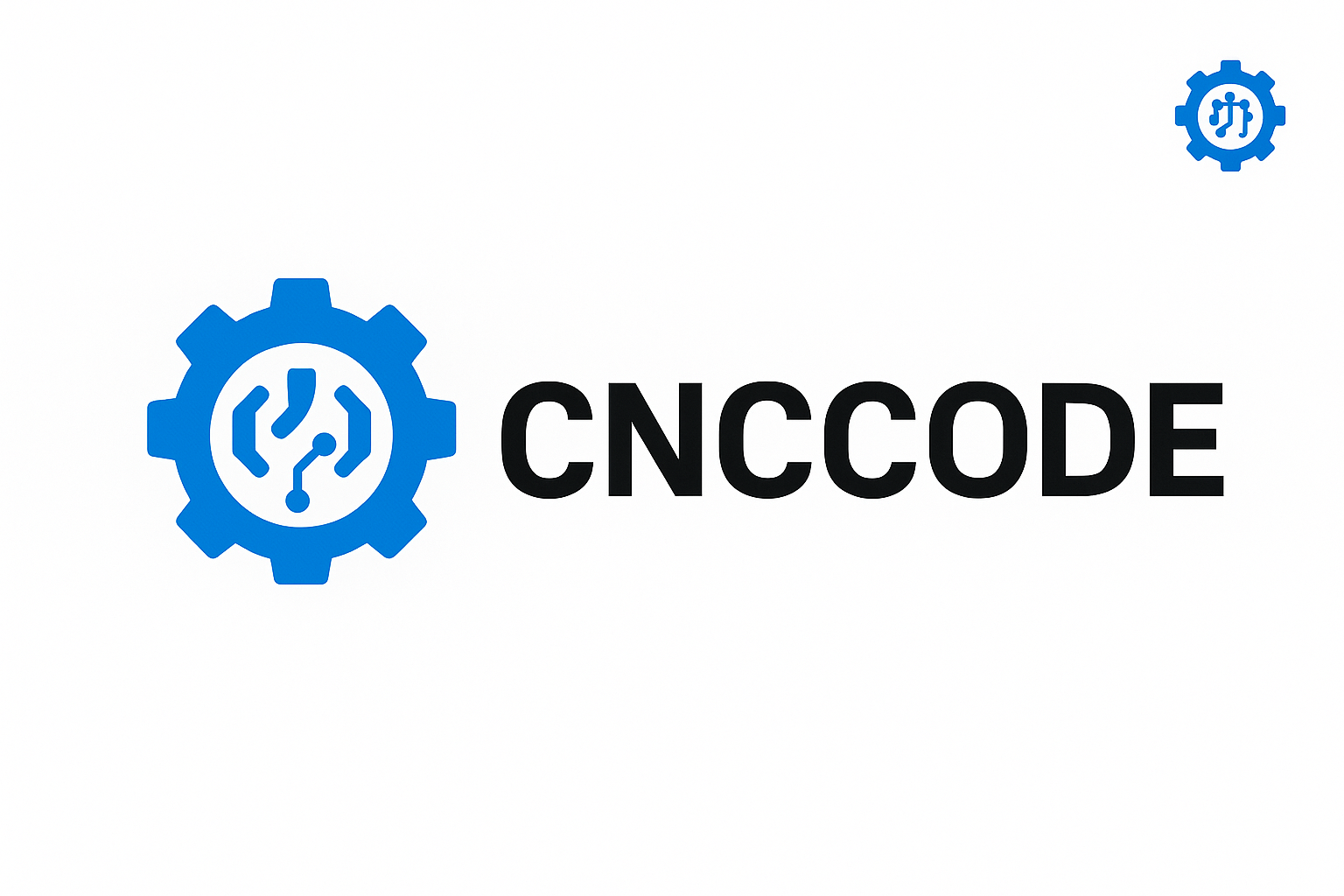Explore the fundamentals of CNC code, how to write and optimize it, and discover practical examples for milling, turning, and advanced machining. Ideal for CNC professionals and beginners.
CNC Code: A Complete Guide to Understanding, Writing, and Optimizing CNC Programs
CNC (Computer Numerical Control) code is the language that CNC machines understand to perform complex tasks with precision. Whether you’re cutting a simple shape or executing a multi-axis operation, everything starts with code. This guide provides an in-depth look at CNC code fundamentals, best practices, examples, and future trends that every machinist and programmer should know.
What is CNC Code?
CNC code consists of a series of instructions, typically in G-code and M-code formats, that tell the machine how to move, when to cut, how fast to go, and what tools to use. These commands are read sequentially by the CNC controller to produce the desired result.
Core Components of a CNC Program
- Start Block: Prepares the machine for operation (units, origin, tool selection)
- Movement Commands: Tells machine how and where to move (e.g., G00, G01)
- Spindle and Coolant: Controls cutting tools and cooling (e.g., M03, M08)
- Cutting Parameters: Feed rate (F), spindle speed (S), tool (T)
- End Block: Stops the machine safely and resets it
Sample CNC Code Explained (Milling)
“`gcode
%
O0101 (Sample Milling Code)
G21 G90 G17 G94
T1 M06
S1200 M03
G00 X0 Y0 Z5
G01 Z-1.0 F100
G01 X50 Y0
G01 Y50
G01 X0
G01 Y0
G00 Z5
M05
M30
%
This code sets the units to millimeters, uses absolute positioning, selects tool 1, sets the spindle speed, and mills a square before ending the program.
Sample CNC Code Explained (Turning)
%
O0202 (Sample Turning Code)
G21 G40 G90 G95
T0101
M03 S800
G00 X50 Z5
G01 Z-50 F0.2
G01 X20
G00 Z5
M05
M30
%
In this example, the CNC lathe uses absolute positioning, selects a tool, sets the spindle, and performs a basic turning operation.
Optimizing CNC Code for Efficiency
- Minimize tool changes using intelligent sequencing
- Use subprograms to reduce repetition
- Implement macros for parametric programming
- Maintain safe start and end blocks
- Use simulation software to prevent crashes
Advanced CNC Code Techniques
As CNC technology evolves, so do coding techniques. Here are a few advanced concepts:
- 5-axis Programming: Involves simultaneous movement along five axes for complex surfaces
- Macro Programming: Allows conditional logic and reusability
- High-Speed Machining (HSM): Uses specific codes to optimize speed and quality
- Probing Cycles: Integrate measurement and adjustment into the workflow
Future of CNC Coding
The future of CNC coding includes tighter integration with AI, cloud CAM software, and even voice-command interfacing. Machine learning models are already being tested to auto-generate or suggest optimal code paths. Expect even more automation and error-prevention features to become standard in the next few years.
Best Tools for Writing and Simulating CNC Code
- NC Viewer: Web-based G-code visualizer
- Fusion 360: CAM software with CNC code post-processing
- Mach3/Mach4: CNC controller and simulator
- CAMotics: 3D CNC simulation
Conclusion
Understanding CNC code is foundational to mastering CNC machining. From basic movements to advanced macros, the structure and logic of CNC programs define the accuracy, speed, and quality of your manufacturing processes. Bookmark this guide, practice frequently, and stay updated with industry standards for long-term success. “`

Leave a comment